Pune Air Quality Expected to Worsen as Diwali Festivities Continue
As the vibrant Diwali festival continues, Pune’s air quality, which has been at a “moderate” level with an Air Quality Index (AQI) of 122 as of October 31, is anticipated to deteriorate significantly over the next 24 hours. The forecast, provided by the System of Air Quality and Weather Forecasting And Research (SAFAR) and the Indian Institute of Tropical Meteorology (IITM), indicates a rise in pollution across major areas in the city as the festival of lights peaks.
Over the past few years, Diwali celebrations have typically been associated with increased air pollution as the festive season aligns with the onset of winter. The combination of still air, open burning of garbage, and extensive firecracker usage has led to sharp declines in air quality, and this year appears to be no exception. As per SAFAR-IITM’s predictions, regions like Katraj, Shivajinagar, Hadapsar, and Bhosari, which have already seen a gradual rise in pollutants, are expected to experience further declines in air quality over the coming days.
With the main Diwali festivities scheduled for November 1, Pune’s AQI, which transitioned from "satisfactory" to "moderate" levels in recent days, may shift to "poor" or even "very poor" categories in certain areas. The Air Quality Early Warning System by IITM has issued a notice indicating a possible spike in AQI levels to over 200 in the most affected zones, driven by increased particulate matter (PM) 10 and PM 2.5 concentrations.
The IITM reports showed some of the highest AQI levels across Pune on October 31, with Thergaon recording an AQI of 184, followed by Katraj at 173, and Savitribai Phule Pune University (SPPU) Chowk at 133. Localities like Hadapsar, Shivajinagar, and Pashan, along with Katraj, are expected to see AQI values exceed 200 by Friday. In these areas, the primary pollutants contributing to deteriorating air quality are PM 10 and PM 2.5, which are linked closely to traffic emissions and other urban activities.
Sachin Ghude, Head of the Metropolitan Air Quality and Weather Forecasting Services (MAQWS) at IITM Pune, shared insights into the rise in pollution levels. “There is open burning happening in many parts of the city in addition to heavy traffic, particularly at busy junctions. Local activities have also added to the pollution load across regions that are typically less affected by congestion, such as Katraj Dairy. Monitoring and analysis indicate that these local emissions have created pollution spikes in unexpected areas,” he stated.
This year’s Diwali celebration is slightly unusual, with residents marking the festival over two days, on October 31 and November 1. According to Ghude, this split in festivities could exacerbate air quality over consecutive days, with the period from the evening of November 1 to the morning of November 2 being of particular concern. During this time, conditions are expected to worsen as firecracker use reaches its peak, and the resulting smoke and pollutants remain trapped close to the ground due to cooler overnight temperatures.
Ghude added, “With Diwali being celebrated over two days this year, the expected impact on air quality is extended. We are likely to see some of the poorest air quality levels during the night and early morning hours of November 2.”
Pune’s weather forecast for November 1 includes the possibility of light rainfall, which could offer a reprieve from the escalating pollution levels. Rainfall has the natural ability to cleanse the air by trapping and washing away particles, so even a small amount could contribute to improved air quality. If rain occurs as predicted, it may bring the AQI back to “moderate” or even “satisfactory” levels. Ghude noted that the situation is being closely monitored to see how weather patterns may influence pollution levels.
In addition to rising pollution, Pune has also experienced unusually warm nighttime temperatures in the days leading up to Diwali. The city recorded its lowest night temperature of the month at 16.7 degrees Celsius on October 26. Since then, nighttime temperatures have steadily climbed, reaching 20.4 degrees Celsius by October 31, a reading that is 4.6 degrees Celsius above the average. Daytime temperatures have similarly shown an increase, with October 31 recording a high of 33 degrees Celsius, which is 1.7 degrees above normal.
As the festive season unfolds, Pune’s air quality remains a key concern for residents and officials alike. With celebrations expected to continue for another day, the focus remains on monitoring AQI levels across the city, hoping that predicted rains provide relief from pollution and help restore cleaner air across Pune.
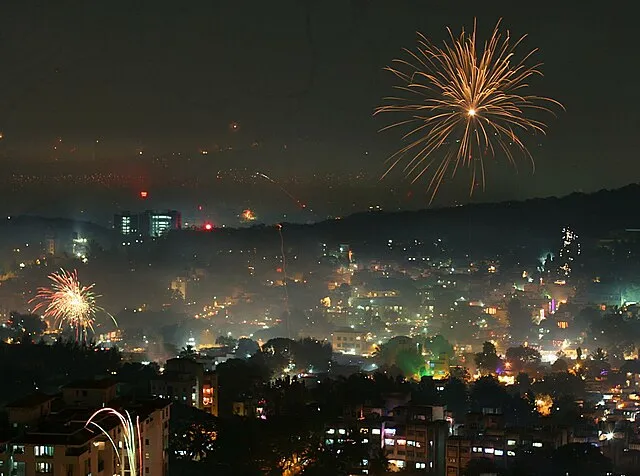
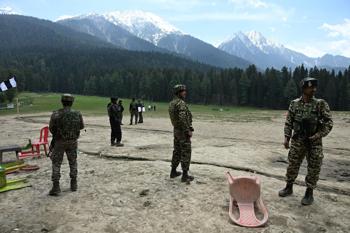

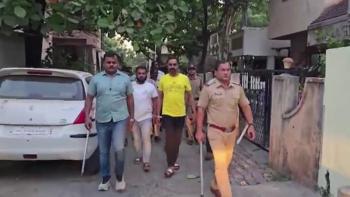

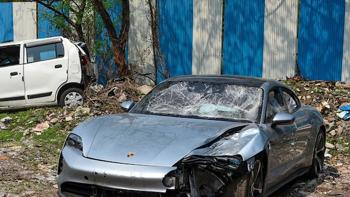
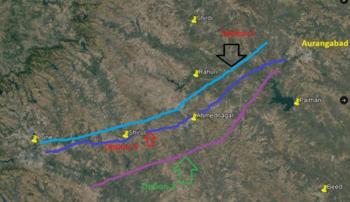
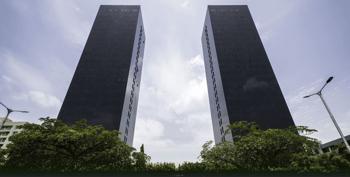
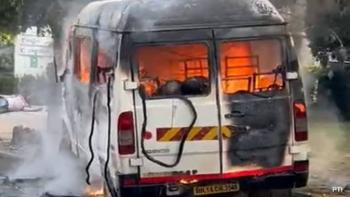
Leave a comment
0 comment